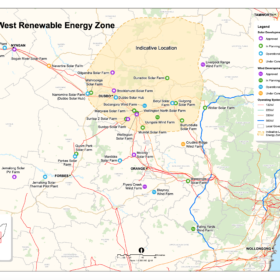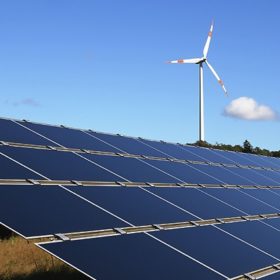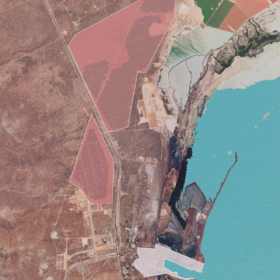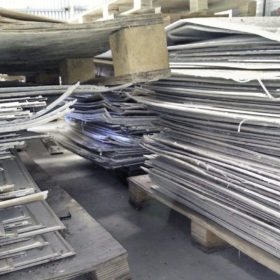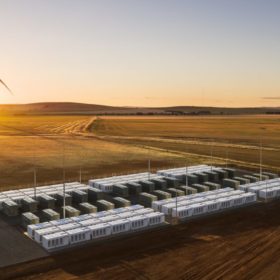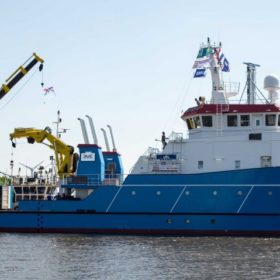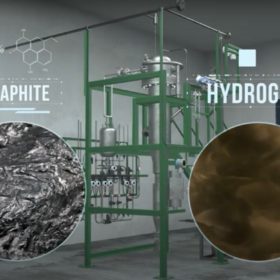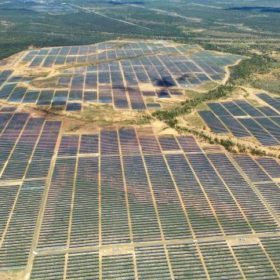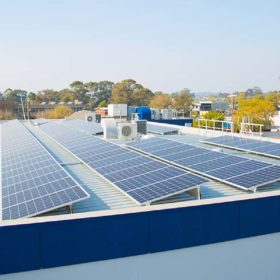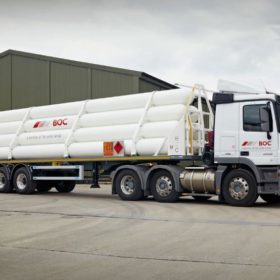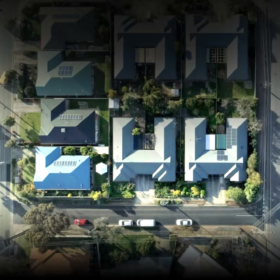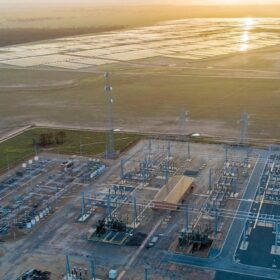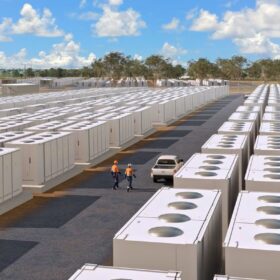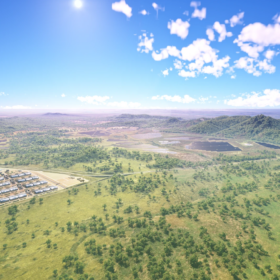NSW seeks expressions of interest for 3 GW renewable energy zone
Solar, wind and energy storage companies have until June 5 to express interest in building parts of the 3 GW renewable energy zone in New South Wales.
Solar leads Australia’s energy transition as renewables set new record
In 2019, renewables continued to undermine the dominance of coal on the Australian grid and surged on the back of a massive 46% year-on-year jump in solar power, according to the latest data from the federal Energy Department.
Cultana Solar Farm ramps up for construction start
Work on the long-awaited 280-megawatt Cultana Solar Farm in South Australia could begin as early as July.
Solar panel recycling: Turning ticking time bombs into opportunities
Australia has certainly demonstrated its appetite for solar power. Now, with the average lifespan of a solar panel being approximately 20 years, many installations from the early 2000’s are set to reach end-of-life. Will they end up in landfill or be recycled? The cost of recycling is higher than landfill, and the value of recovered materials is smaller than the original, so there’s limited interest in recycling. But given the presence of heavy metals, such as lead and tin, if waste is managed poorly, we’re on track for another recycling crisis. A potential time bomb could present itself as an opportunity, however, if the global EV industry showed an interest in the recovered solar products.
Sun Cable to build Darwin megabattery
Following hot on the heels of Sun Cable’s awarding of its unprecedented cable route survey contract to Guardian Geomatics Pty. Ltd., the company has also announced planning approval for a Darwin megabattery to form an integral part of its Australia-ASEAN Power Link.
Sun Cable survey contract awarded to Guardian Geomatics
The Sun Cable megaproject is moving from strength to strength with last week’s announcement of the awarding of its cable route survey contract to Guardian Geomatics Pty. Ltd.
No time to waste, WA lends support to waste-to-hydrogen project
Western Australia’s Renewable Hydrogen Strategy is beginning to make moves with the backing of Hazer Group and the Water Corporation to produce hydrogen from biogas, an Australian-first with a technology developed in Australia.
Gransolar Group to build Molong Solar Farm in NSW
The Spanish EPC contractor has signed its fourth contract in Australia to build the 39 MW PV array 40 kilometers north-west of Orange.
ACT fast-tracks solar upgrades for public housing, batteries for schools
The ACT Government has allocated funding to undertake solar and sustainability upgrades on public and community housing and install solar batteries for two public schools as part of its fast-tracked infrastructure projects to support the local economy.
Major consortium initiates big hydrogen cell: first stop, Australia’s buses
A global consortium of technology providers, transport and infrastructure experts has joined forces to show the Australian public the feasibility and utility of hydrogen fuel cells to cleanly power public transport.
